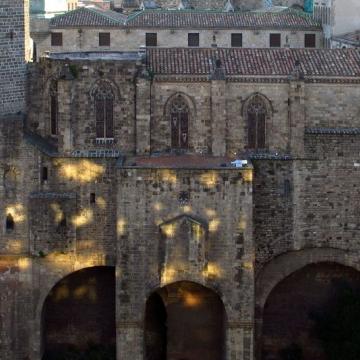Visit and love it
Barcelona with history

Discover the different chapters in Barcelona’s history which over time have shaped the city we know today.
The colony on Mount Taber
The area stretching between the Besòs and Llobregat river deltas, the site of today's Barcelona, was already populated in prehistoric times. Shortly before the start of the current era, it housed various settlements of native peoples, mainly Laietani. According to legend there was also a Jewish colony at the top of Montjuïc, which might explain where its name ("Jewish Mountain") comes from.
When the Romans arrived, between 15 and 13 BC, they were looking for the best place to found a colony between the prosperous Emporiae (Empúries), on the coast to the north, and Tàrraco (Tarragona), to the south. The spot they chose was the top of Mount Taber, a small hill facing the sea and looking over the plain, where Plaça de Sant Jaume is today. They had little difficulty in gaining control over the neighbouring settlements. The colony, called Julia Augusta Faventia Paterna Barcino, grew rapidly. A wall was built around it between the 1st and 2nd centuries, which was reinforced between the 3rd and 4th centuries and marked the perimeter that remained the same until the Middle Ages. It also kept the structure of a Roman city, with a forum at the centre from which two streets spread out in the form of a cross, the cardus and the decumanus, leading to the four entrance gates.
-
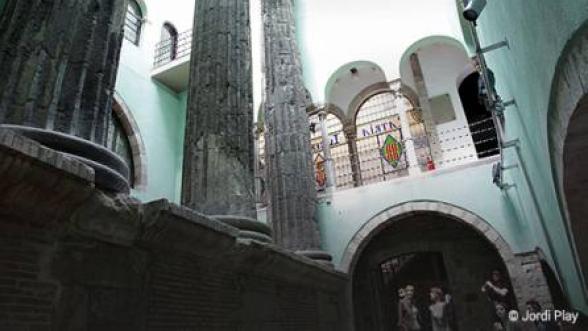 The Augustus temple columns
The Augustus temple columnsHidden away in the courtyard of a Gothic palace on Carrer Paradís are four 12-metre-high columns from the temple that the Romans built in honour of Emperor Augustus at the top of Mount Taber.
-
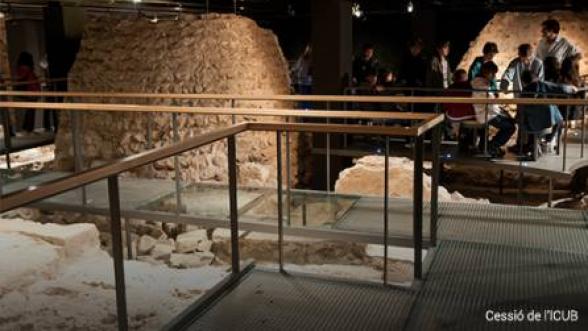 MUHBA Plaça del Rei
MUHBA Plaça del ReiThe Museu d’Història de Barcelona (MUHBA - Barcelona History Museum) is housed in one of the most important monumental complexes in the city. It is built over Bàrcino's remains and visitors can stroll through Roman streets and the interior of some of the buildings in the subsoil.
-
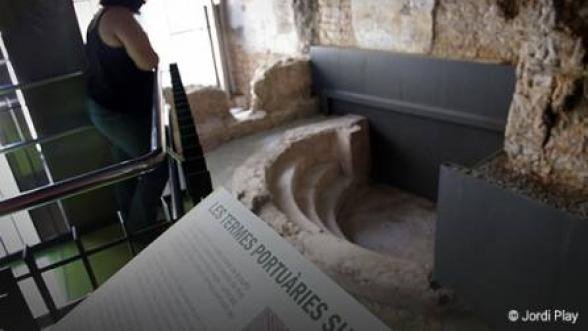 The Porta de Mar and the harbour baths
The Porta de Mar and the harbour bathsThe remains of the harbour baths, which were outside the walls, can be found in the Pati Llimona Civic Centre, along with part of the Porta de Mar, the access gate to one end of the decumanus.
-
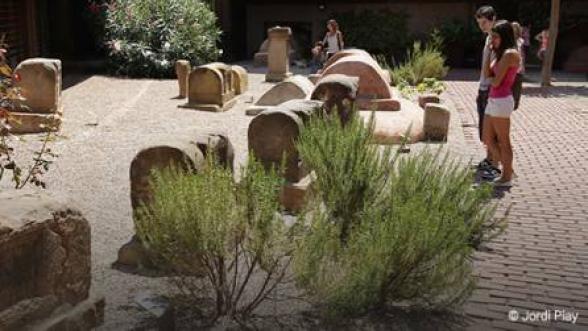 Via Sepulcral Romana
Via Sepulcral RomanaOutside the old walled Bàrcino, in today's Plaça Vila de Madrid, lie the remains of the Roman Funeral Way, a necropolis dating from the 1st to the 3rd century. Items found at this site are displayed in the Interpretation Centre.
-
 Domus on Sant Honorat
Domus on Sant HonoratThe remains of a large house, or domus, discovered on Carrer Sant Honorat, near Plaça Sant Jaume, which includes commercial premises dating from the 4th century, allow us to learn more about the domestic architecture of the Roman period.
-
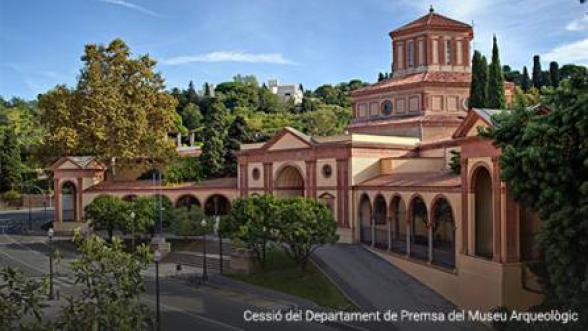 Museu Arqueològic de Catalunya
Museu Arqueològic de CatalunyaIf you want to see remains showing how Barcelona and Catalonia have evolved since prehistoric times, a visit to the Archaeological Museum of Catalonia (MAC) on Montjuïc is a must. They house items from the Iberian, Roman and Visigothic periods.
-
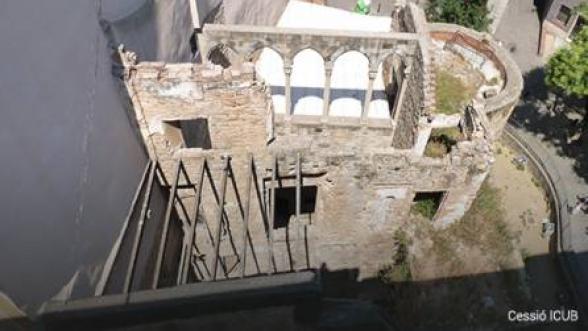 Map of Bàrcino
Map of BàrcinoAs part of the Bàrcino Plan, the Barcelona City Council Archaeology Service has created a list of all the places where excavations are being carried out, which is available to the public.
-
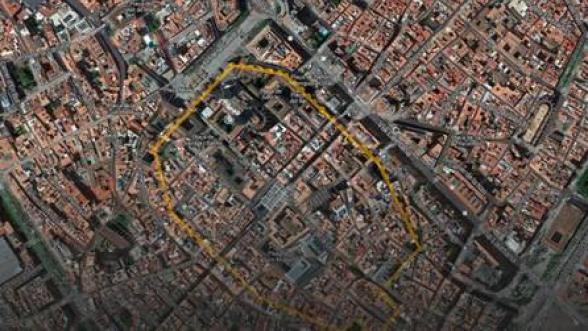 El mapa de la muralla romana
El mapa de la muralla romanaBefore setting off around the Roman city, you can take a look at the Barcelona Archaeological Map to find out exactly where the Bàrcino wall ran.

